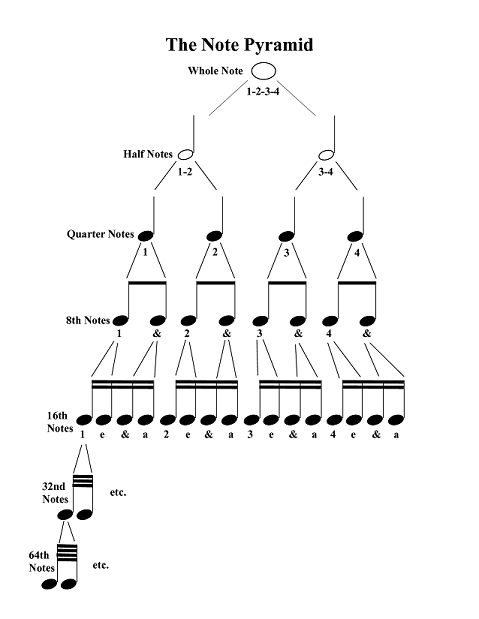
"There's nothing remarkable about it. All one has to do is hit the right keys at the right time and the instrument plays itself." - Johann Sebastian Bach
The discipline of Music Education and Theory encompasses gaining knowledge of musical structure, the ability to perform music given an instrument, as well as teaching others about the sonic and kinesthetic properties of mastering an instrument.¹
Components of Music Theory include¹:
- Pitch (frequency waves perceived as sound by human senses. Slower moving frequency waves create lower pitches whereas faster moving frequencies create higher pitch sounds).
- Scales and modes (notes based on full tone, semi-tone, and quarter tone intervals which begin at one root note and ascend or decent to the upper or lower octave note).
- Consonance and dissonance (pitches which increase each other's resonance or more create more complex acoustical interactions)
- Rhythm (meter, time signatures)
- Chord (major, minor, augmented and diminished)
- Melody (succession of pitches within a phrase)
- Harmony (relationships between pitches)
- Texture (monophony, polyphony, heterophony, monody, homophony)
- Timbre (colour or tone)
- Expressive qualities (dynamics and articulation)

Resources:
1. Music Theory. The Basics. Retrieved May 27, 2014, from http://www.musictheory.net/lessons
© BrainMass Inc. brainmass.com June 30, 2024, 9:25 am ad1c9bdddf